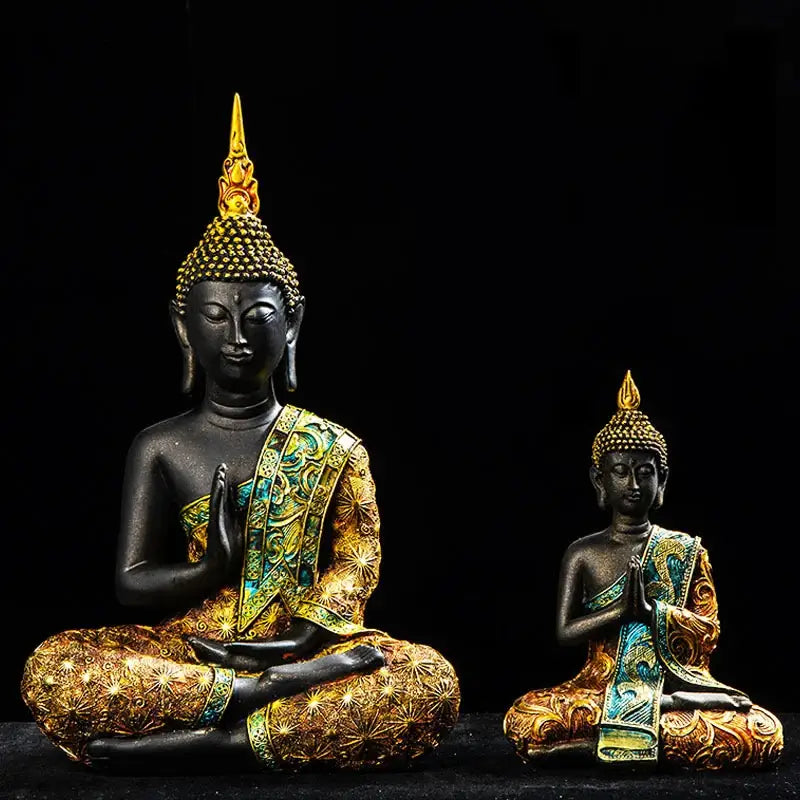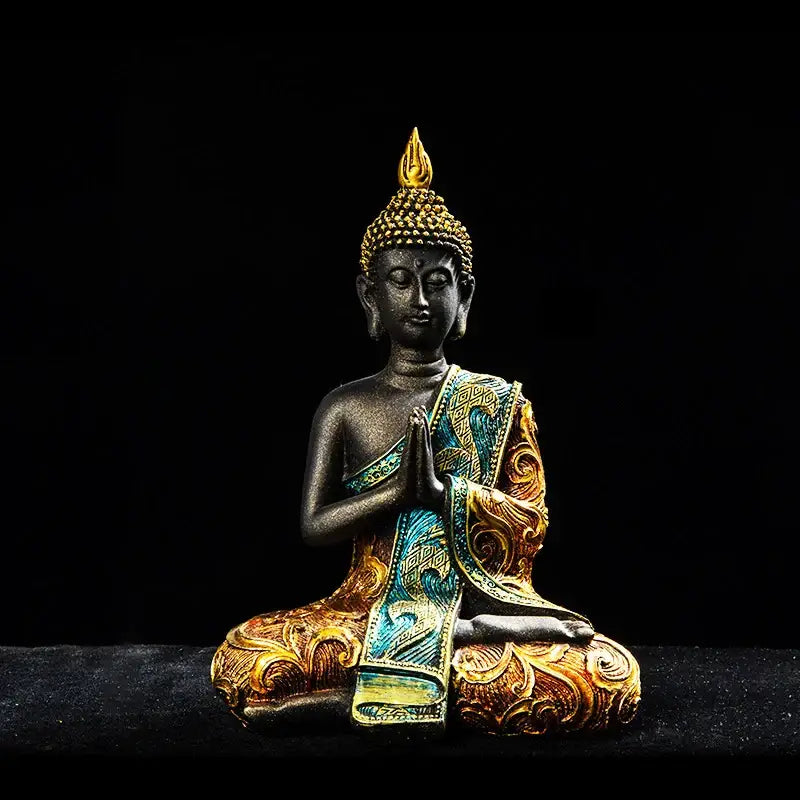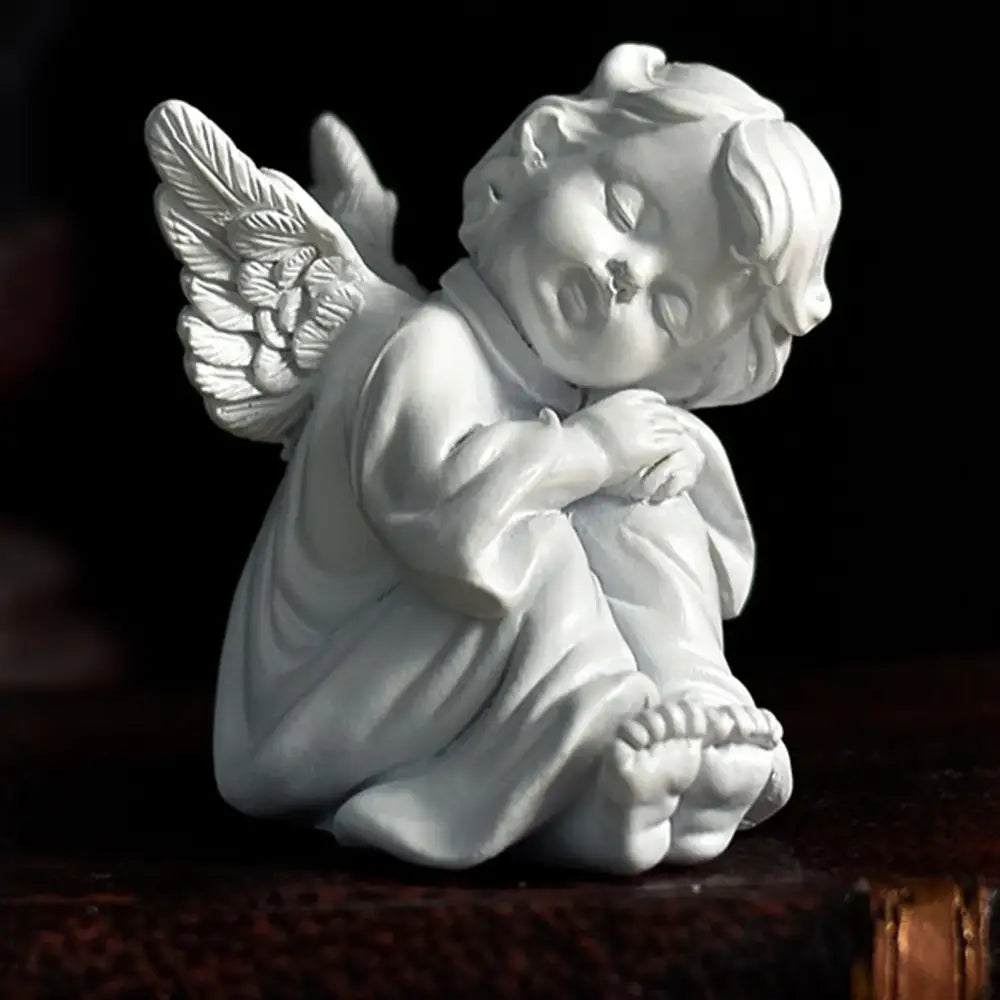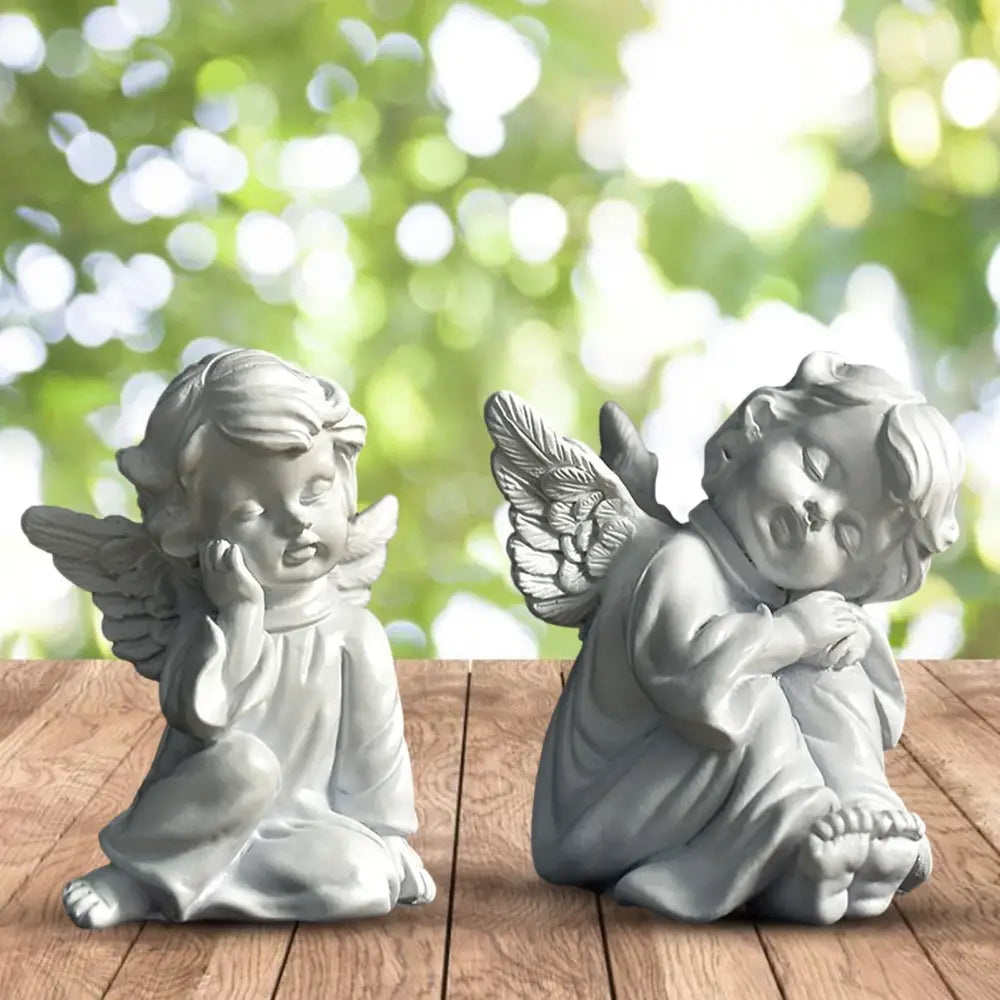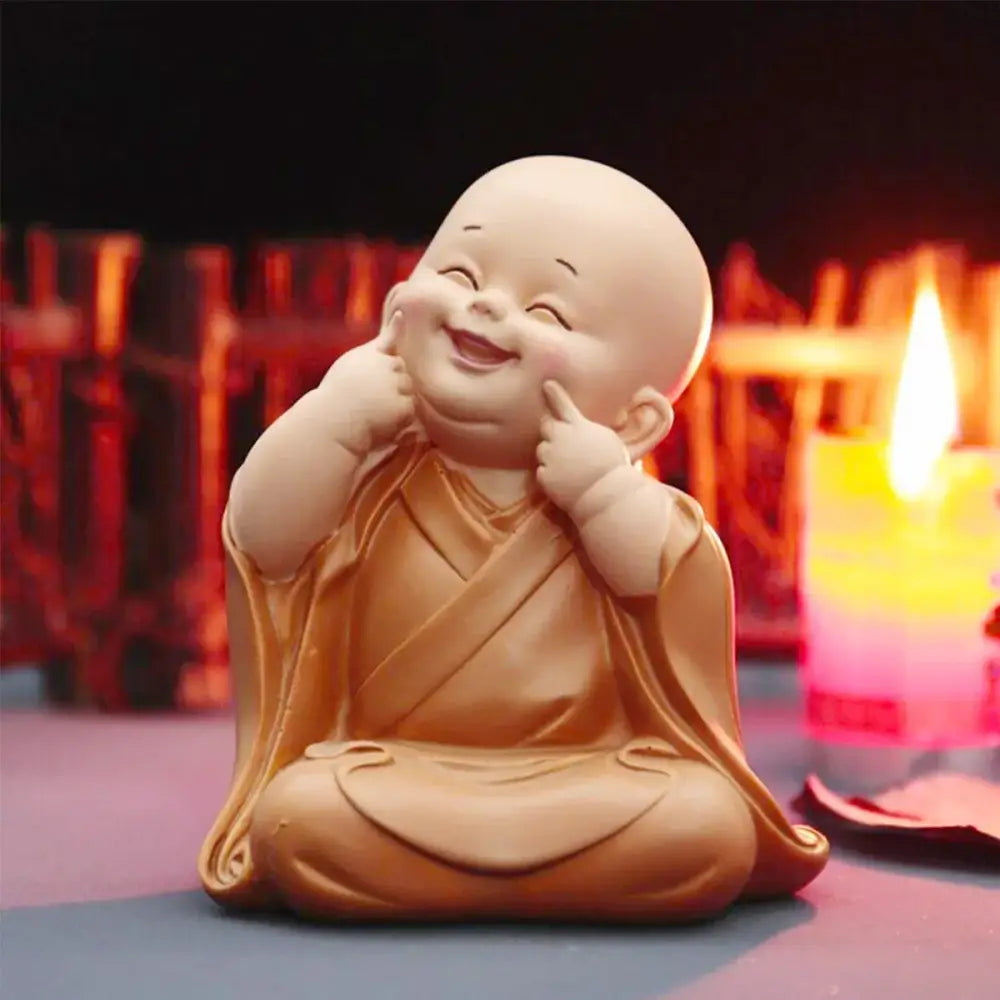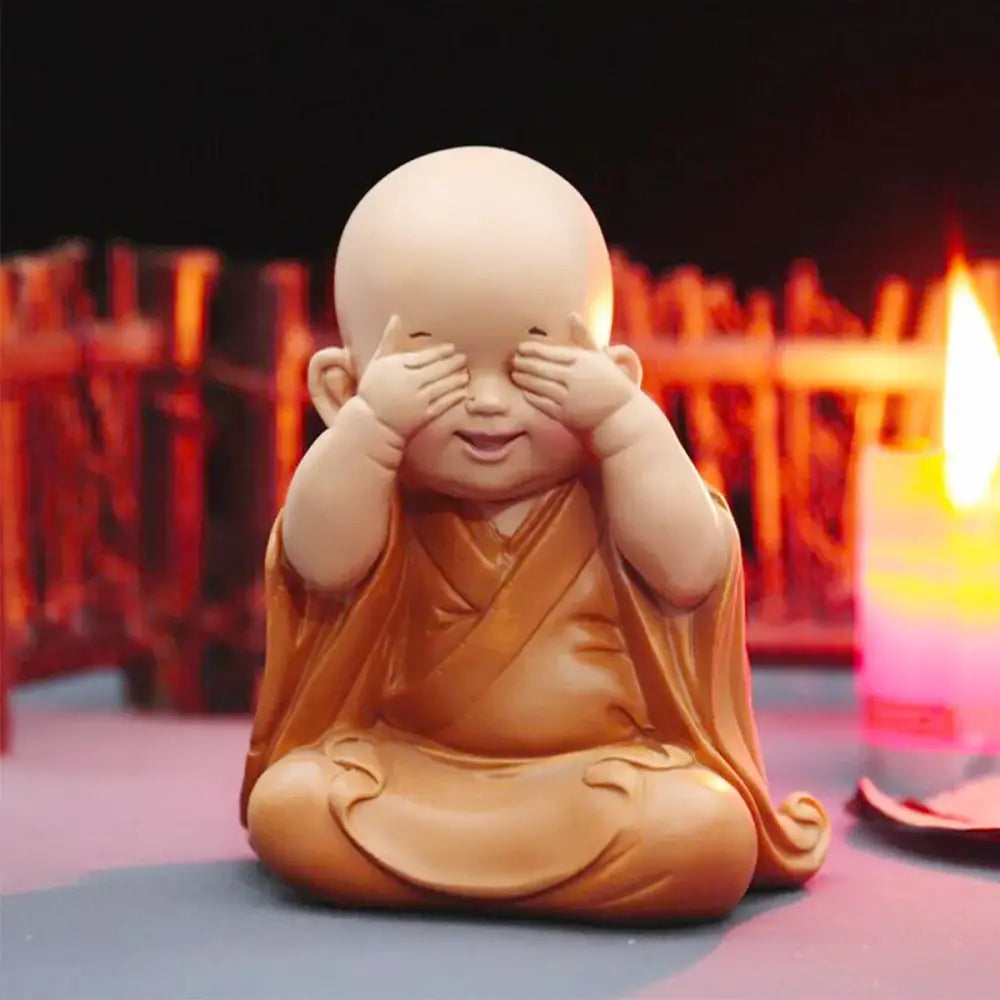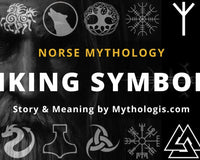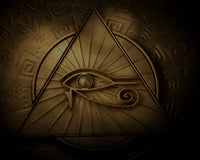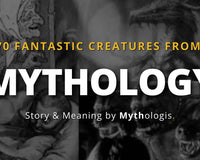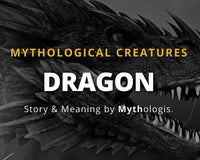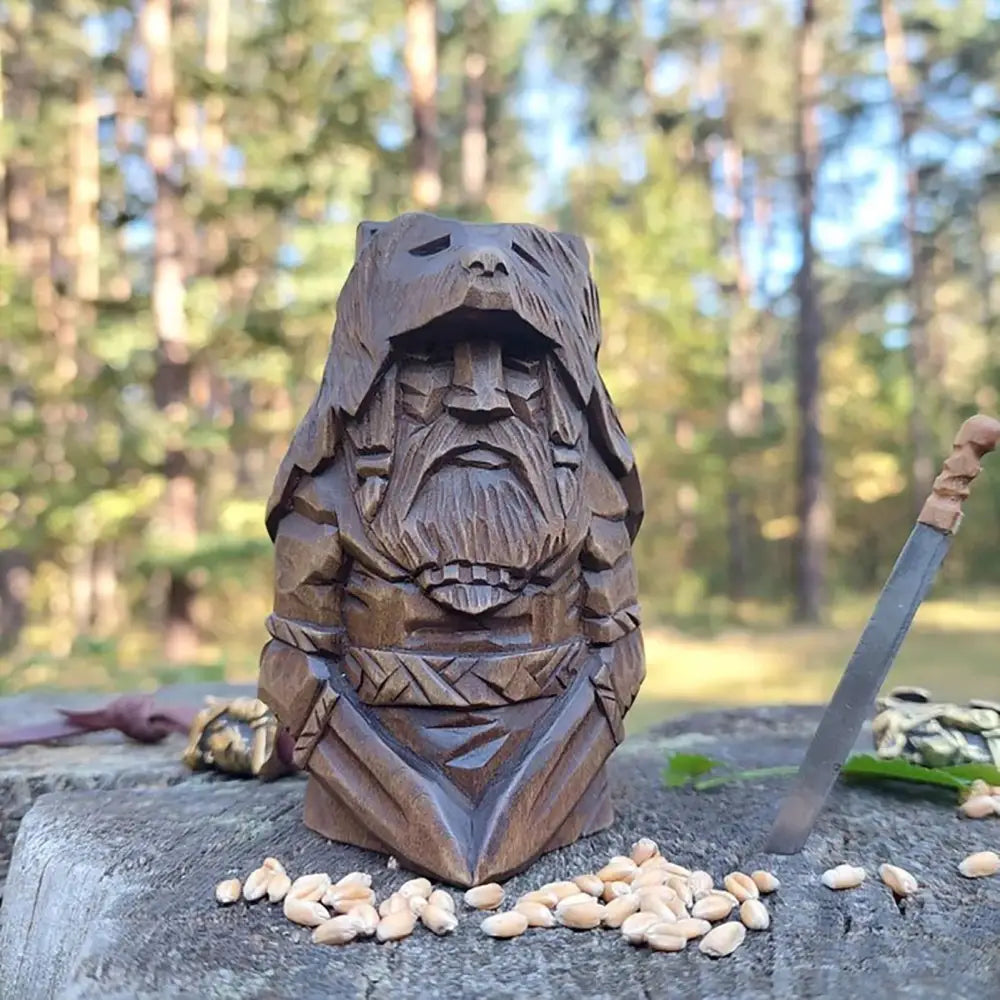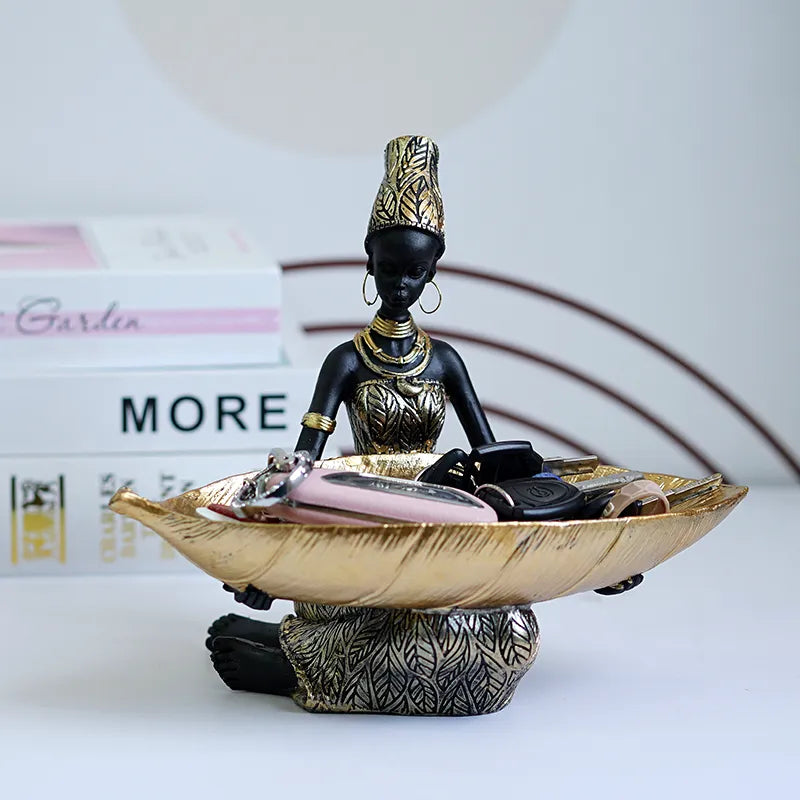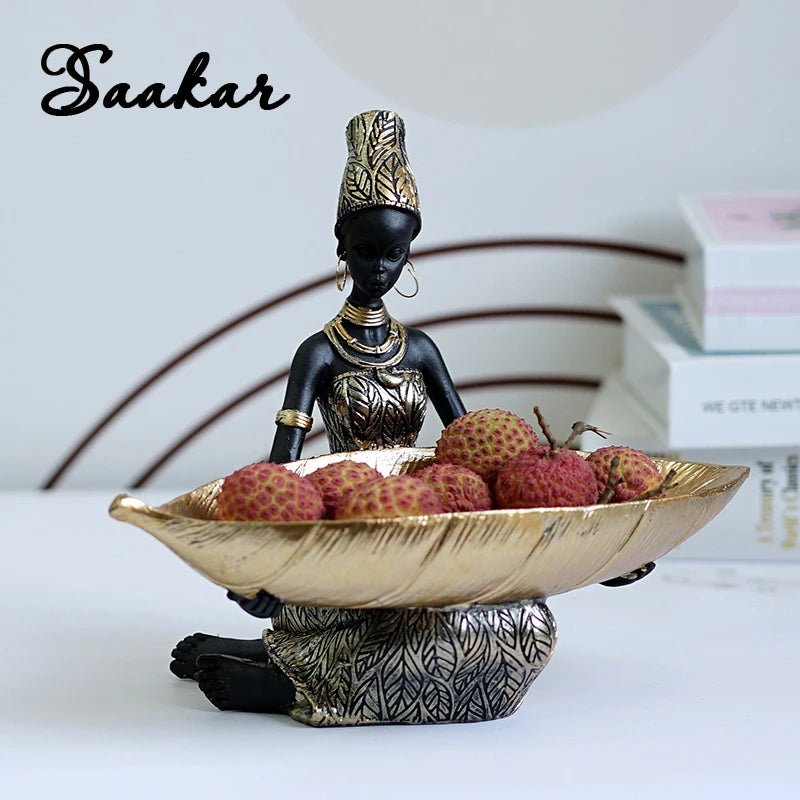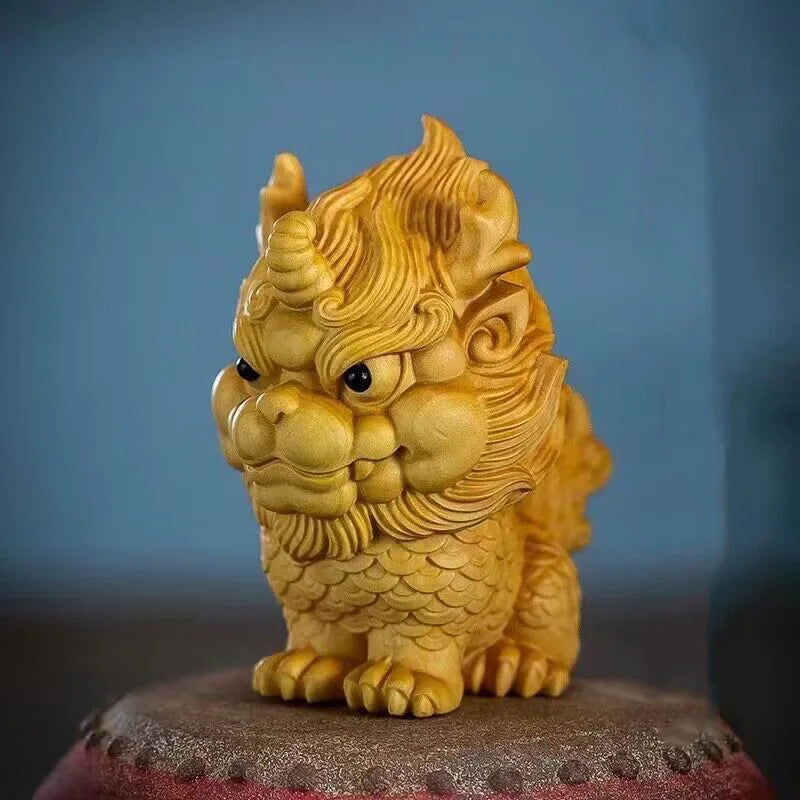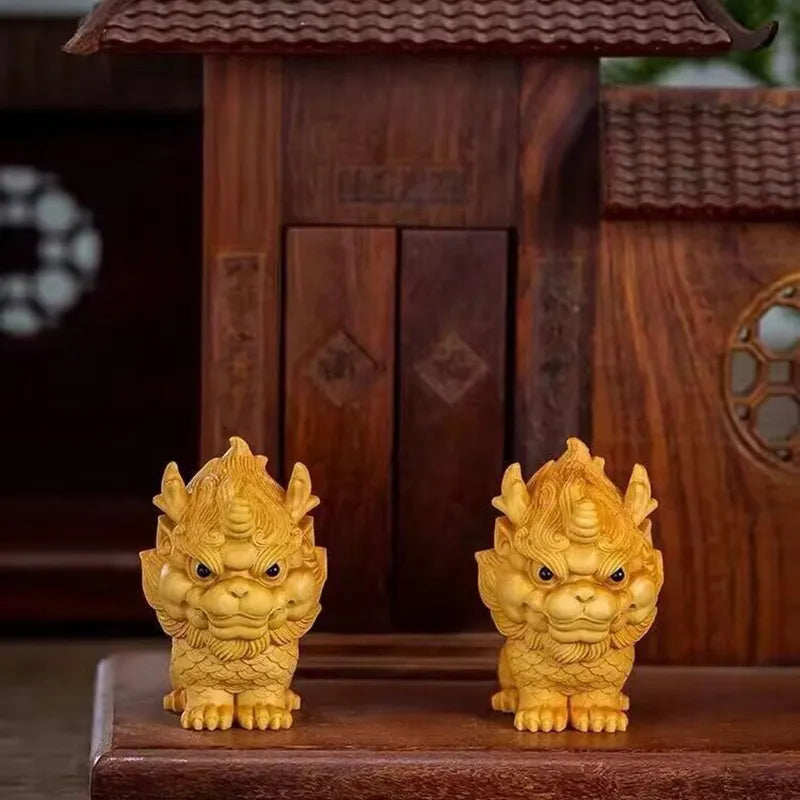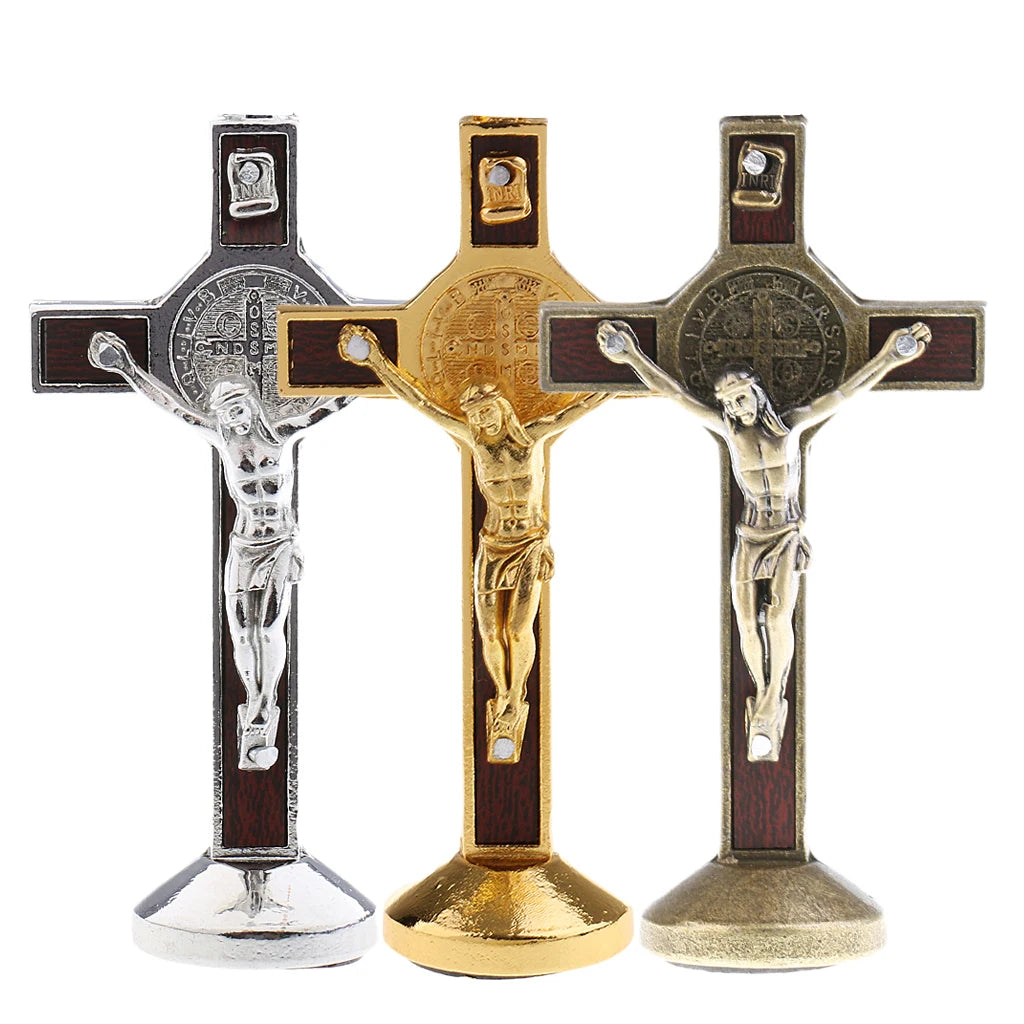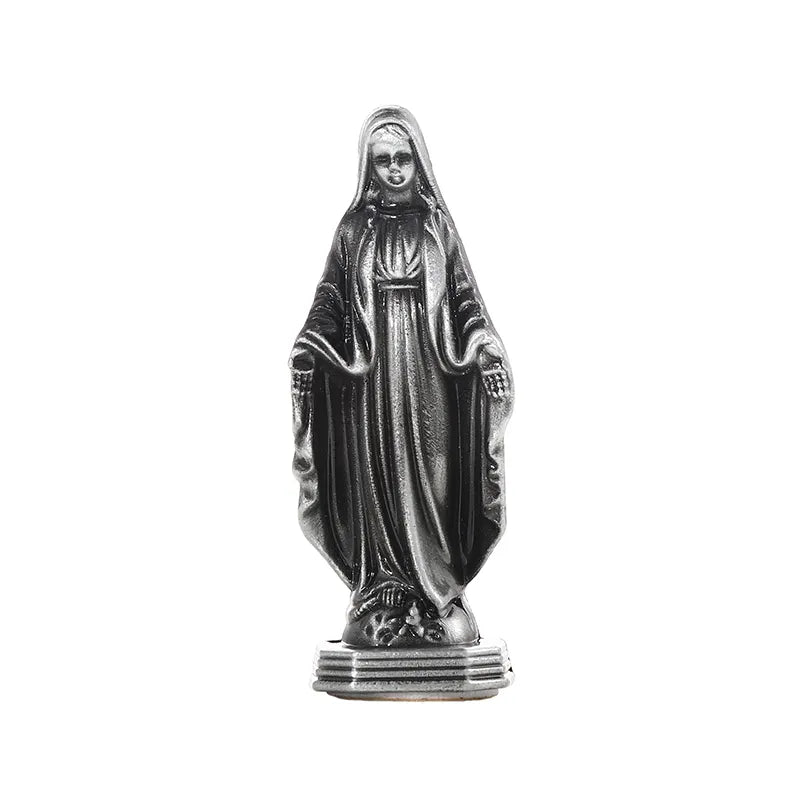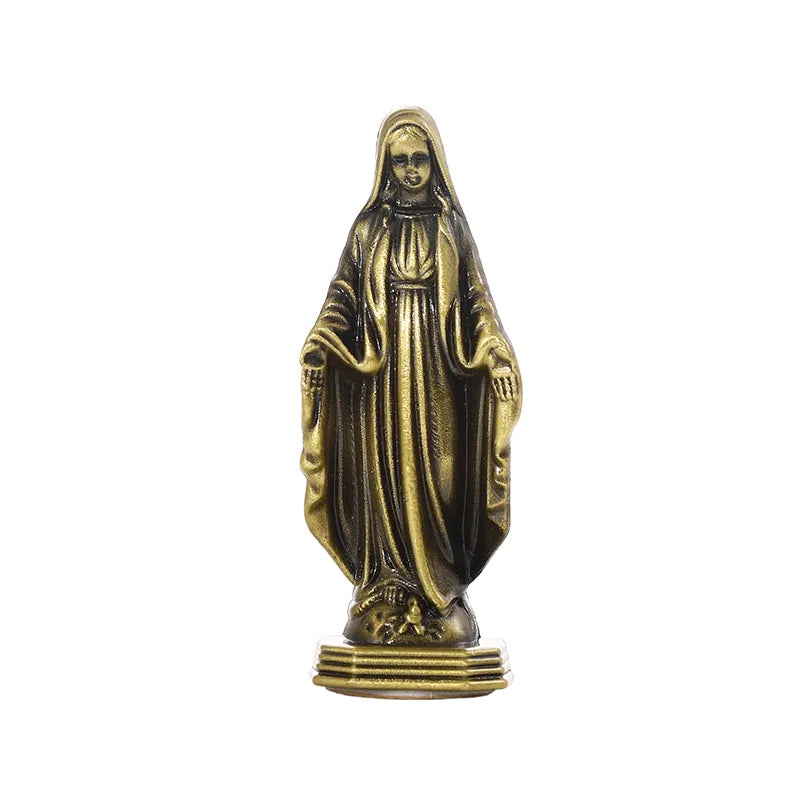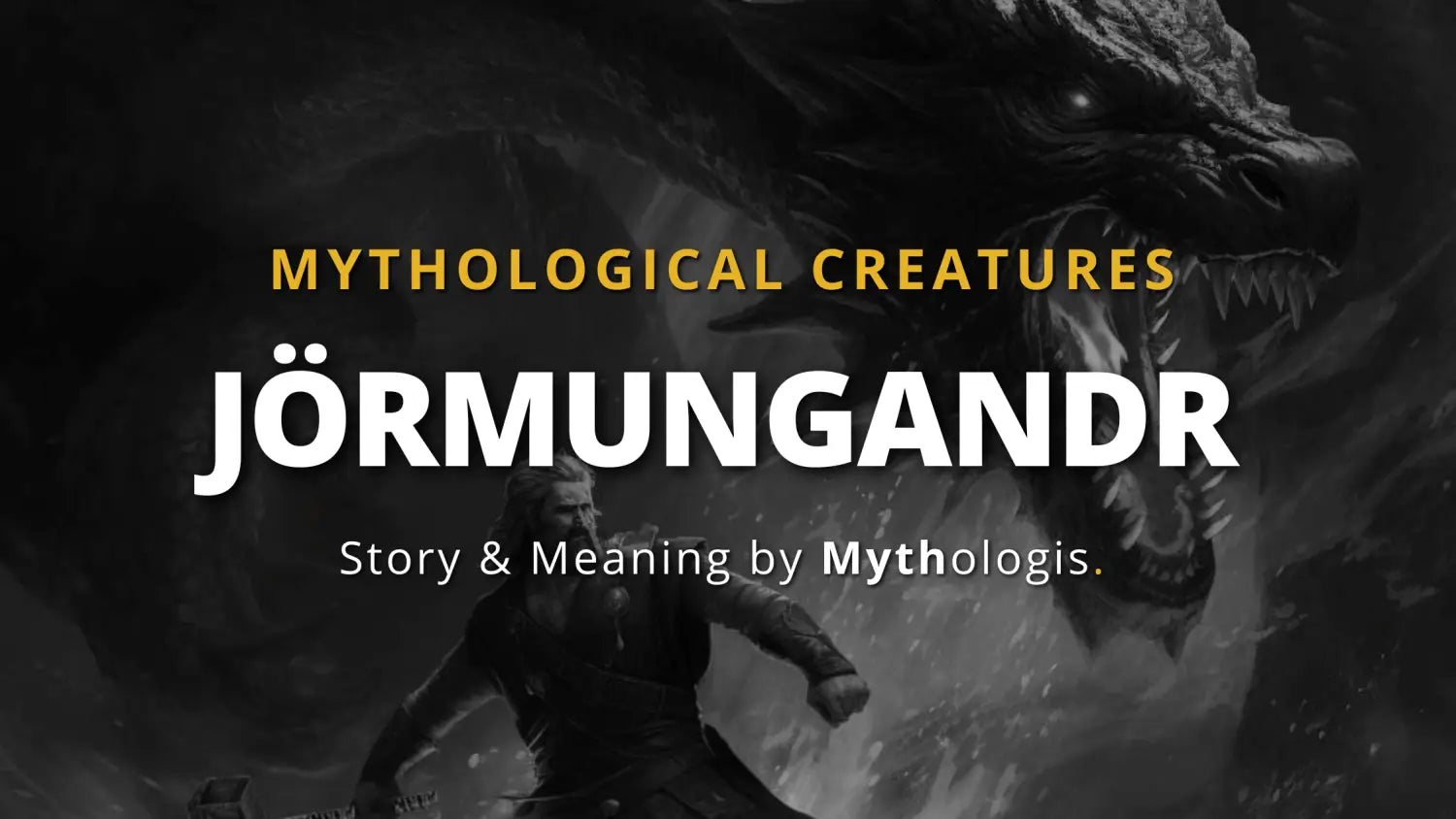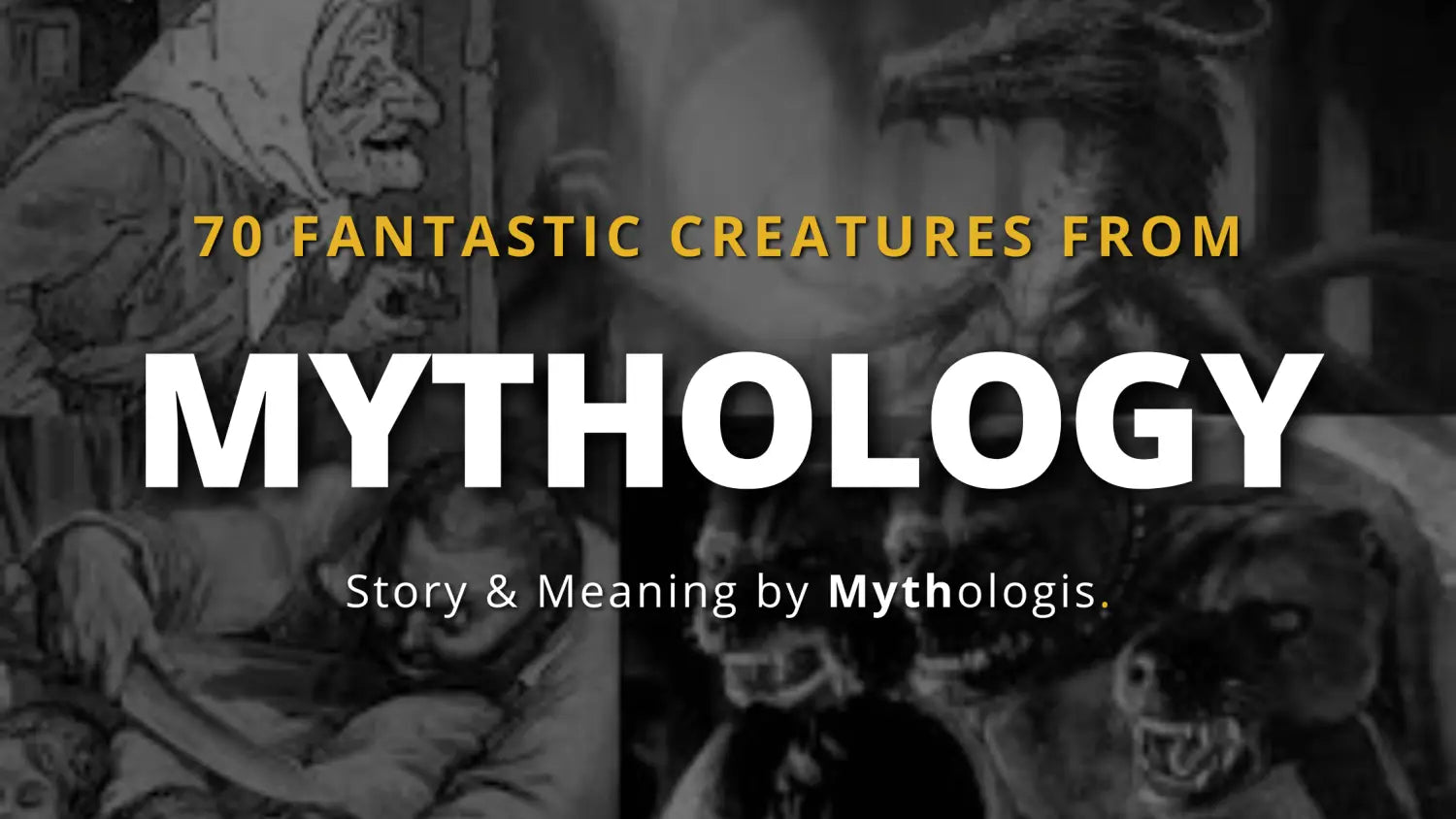Mummification is an ancient art that has fascinated people for centuries. The process of preserving the dead through mummification played a significant role in ancient Egyptian culture, and mummies have been a source of intrigue and mystery for generations.
In our blog post, we delve into the fascinating world of mummification and explore the process of preserving the dead, the significance of mummies in ancient Egyptian beliefs and practices, and the enduring fascination with this unique aspect of history. Whether you’re a history buff or simply curious about this intriguing subject, our blog post offers a wealth of information and insights into the world of mummies and mummification.
Mummification and the afterlife
According to ancient Egyptian beliefs, mummification was a necessary step on the path to the afterlife. The dead person would be able to enter the afterlife in a condition of complete physical health thanks to the preservation and protection provided by the mummification process, it was thought.
Why was mummification important
The ancient Egyptians held the view that the departed person’s spirit, or ka, required the body in order to function in the hereafter. Therefore, the body needed to be kept in tact so that the soul could return to it after passing away. Mummification was thought to be a technique to make sure the body was in good enough shape for the soul to reside in.
Ancient Egyptians thought specific amulets and funeral inscriptions put with the mummy could protect and guide the deceased in the afterlife in addition to keeping the body preserved. The magical abilities of these writings and amulets were thought to be able to guide the dead on their journey to the afterlife and assist them overcome any challenges they might face.
Overall, mummification was viewed by the ancient Egyptians as a crucial step in the eternal journey and as a way to guarantee that the deceased would be able to continue living in the hereafter in a state of bodily and spiritual health.
The mummification process in ancient egypt
7 steps of mummification
The process of mummification in ancient Egypt was a long and complex process that involved several steps. Here is an overview of the seven steps involved in mummification:
1. Embalming: The first step in mummification was the removal of the internal organs, which were considered to be the source of decay. The organs were removed through an incision in the left side of the abdomen and placed in natron, a natural drying agent, to dry out. The heart was left in place, as it was believed to be the seat of the soul.
2. Evaporation: The body was then placed in a dry, hot place, such as a tent, to allow the remaining moisture to evaporate. This was a critical step, as it helped to preserve the body and prevent decomposition.
3. Wrapping: Once the body was sufficiently dry, it was wrapped in linen bandages. The bandages were coated with resin to help seal in the body and protect it from moisture.
4. Amulets and funerary texts: Small amulets, or charms, were placed among the bandages to protect the deceased in the afterlife. Funerary texts, such as the Book of the Dead, were also placed in the coffin to guide the deceased through the afterlife.
5. Painting: The face and hands of the mummy were painted with a mixture of resin and pigment to give them a lifelike appearance.
6. Coffin: The mummy was placed in a wooden coffin, which was decorated with funerary texts and images of the deceased.
7. Burial: The mummy was finally placed in a tomb, along with funerary goods and offerings for the journey to the afterlife.
These were the general steps involved in mummification in ancient Egypt. However, the specifics of the process varied depending on the status and wealth of the deceased.
The Start of the mummification in Ancient Egypt
For more than 3,000 years, mummification played a significant role in ancient Egyptian society and religion. Mummification was a common practice starting in the Predynastic era (c. 6000-3150 BC) and lasting until the end of the Ptolemaic era (323-30 BC).
When did Egypt stop mummification?
The Roman era saw a drop in mummification, nevertheless, as the process’s expense and labor requirements became more and more prohibitive. The spread of Christianity in Egypt also played a role in the downfall of mummification because the new faith forbade the practice and supported more straightforward burial practices.
Mummification was completely abandoned in Egypt by the fourth century AD, and it is not still done today. Instead, the bodies of the departed are preserved using cutting-edge scientific methods like embalming.
Does mummification still exist?
Ancient Egyptian mummification techniques are no longer used. Internal organs had to be removed, and the body had to be dried using natron, a natural drying agent, before being wrapped in linen and covered in resin as part of the mummification process. It was thought that this procedure would help preserve the body and shield it from deterioration.
Mummification, as it was used in ancient Egypt, is not used now, though. The ancient practice of mummification has been supplanted by contemporary modern methods like embalming. Chemicals are injected into the body during embalming to preserve it and stop decomposition.
Some religious and cultural traditions still use various forms of mummification. For instance, in some Tibetan Buddhist monasteries, top lamas’ remains are mummified using a technique called “self-mummification.” This procedure entails a number of rites and physical rigors that are thought to aid in the body’s self-preservation after death. With the exception of a few monasteries, this practice is uncommon and not common.
Some interesting facts
Here are a few interesting facts about mummification:
Mummification was an important part of ancient Egyptian culture and religion. The process was believed to help preserve the body and protect it from decomposition, ensuring that the deceased could pass on to the afterlife in a state of physical wholeness.
The process of mummification involved several steps, including the removal of the internal organs, the drying of the body using natron, the wrapping of the body in linen bandages, and the painting of the face and hands.
Mummification was a costly and time-consuming process, and as a result, it was only carried out for the wealthy and powerful. The poor were generally buried in simple graves without mummification.
The ancient Egyptians believed that certain funerary texts and amulets placed with the mummy could help protect and guide the deceased in the afterlife. These texts and amulets were believed to have magical powers that could help the deceased navigate the journey to the afterlife and overcome any obstacles they might encounter along the way.
Mummification was practiced in ancient Egypt for more than 3,000 years, from the Predynastic period (c. 6000-3150 BC) to the end of the Ptolemaic period (323-30 BC).
Mummification is no longer practiced today, and modern scientific techniques, such as embalming, are used to preserve the bodies of the deceased.
The Complete Story
In Ancient Egypt, as in other cultures, there were funerary rites specific to the area, as they believed in life after death. The most characteristic rite was the embalming of the deceased, the so-called mummification.
This custom was very expensive, so it was normally only within the reach of the royal family and wealthy families. The process lasted a total of about 70 days.
It began a couple of days after the person’s death. The body was taken to the embalmers on the banks of the Nile River, as they needed abundant water to carry out the process. They used to wear a mask in the shape of a jackal’s head representing the god Anubis.
The process began by placing the body of the deceased on a table that could be made of wood, stone or even alabaster. The table was shaped like a lion. Next to it were smaller ones with the necessary tools for the work and to deposit the internal organs of the deceased.
First, the body was washed. When it was clean, the organs were extracted, starting with the brain, which was extracted with hooks through the nose, and continuing with the stomach, intestines, lungs and liver. Each of them was then wrapped in pieces of linen and placed in four vessels called canopy vessels.
Each represented a divinity, called ‘Sons of Horus’. They were Duamutef, in the shape of a jackal, where the stomach was introduced; Qebehsenuf, in the shape of a hawk, received the intestines; in Hapy’s, in the shape of a monkey, the lungs were introduced, and finally there was the Amset vessel, with a human appearance, where the liver was introduced.
The heart was the only organ left inside the body. According to Egyptian belief, it was the place that housed feelings, consciousness and most importantly, life. If it was stolen, it had to be replaced by a heart-rabbit.
After having extracted the organs, the body was covered with natron, a salt that dried the body, dehydrating it to avoid its decomposition. It was left this way for about 35 or 40 days.
After these days, the salt was removed and the body was filled with sawdust or silt from the Nile and even spices. Then it was sewn and if the person was important, it could be closed with linen, a wax plate and if it was the Pharaoh himself, a gold plate could be placed.
Once this was done, the body was washed with water from the Nile. Afterwards, it was anointed with aromatic oils and balsams. Finally it was time to bandage the body.
To do this, linen bandages were used, sometimes impregnated with resin. It was carried out by the embalmer through a strict ritual in which spells were pronounced to protect the life of the deceased in the afterlife.
Conclusion
In conclusion, for more than 3,000 years, mummification played a significant role in ancient Egyptian society and religion. The internal organs were removed, the body was dried with natron, then wrapped in linen bandages and painted on the face and hands as part of the mummification process. After that, the mummy was put in a wooden coffin and buried in a tomb with funeral items and sacrifices for the afterlife.
Mummification was only performed for the wealthy and powerful because it was an expensive and time-consuming operation. To ensure that the departed may enter the hereafter in a state of physical wholeness, the ancient Egyptians thought that mummification helped preserve the corpse and protected it from decomposition. Additionally, they thought that particular amulets and funerary inscriptions buried with the corpse might protect and direct the departed in the afterlife.
Modern scientific methods, such as embalming, are employed to preserve the bodies of the departed instead of the ancient practice of mummification. Even if mummification is no longer used, the memory of the ancient Egyptian mummies still fascinates and intrigues people.


